What is Microsoft Teams and how to use it effectively
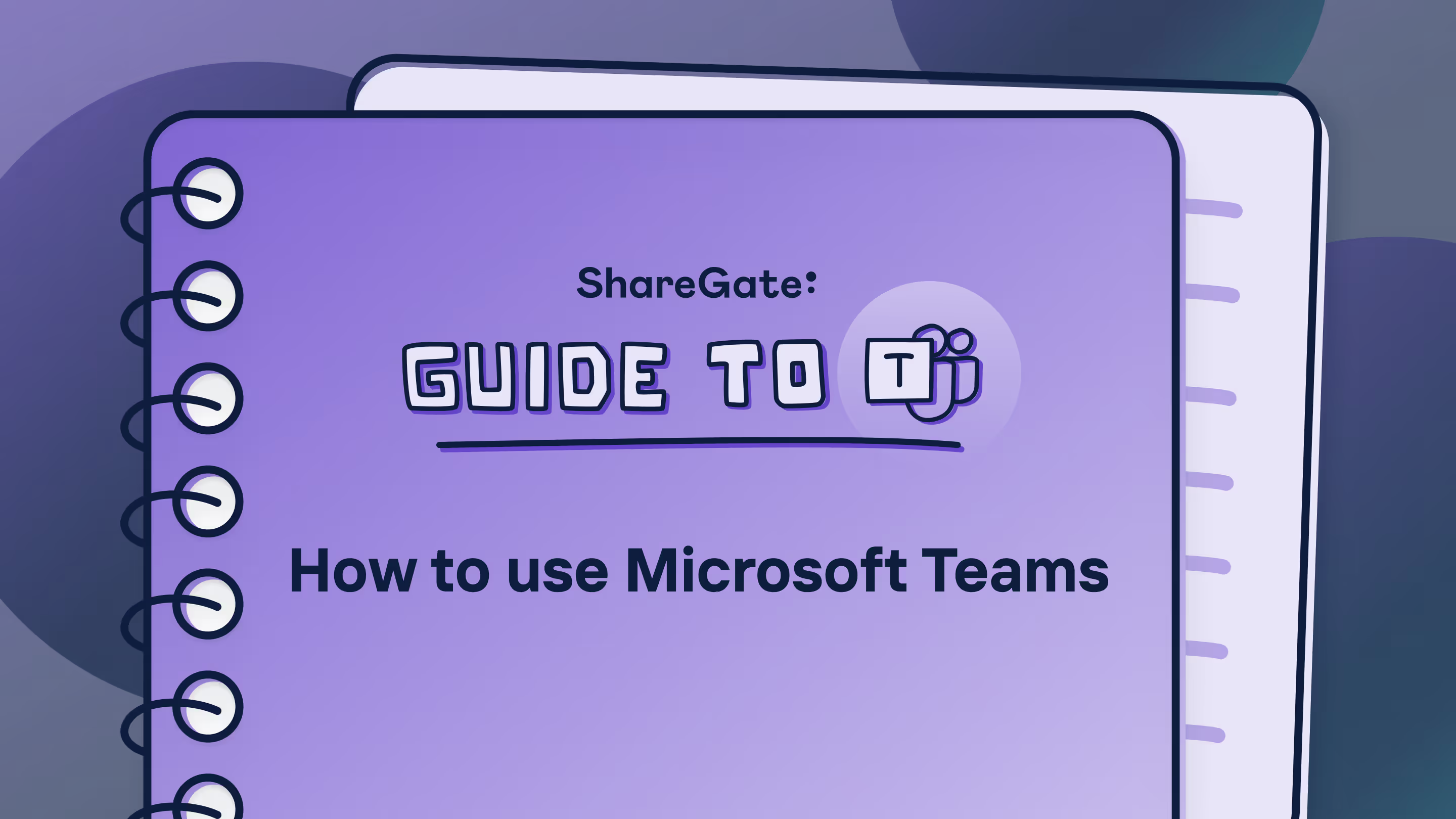
Table of contents
Be a Microsoft Teams rockstar! ShareGate joins forces with Microsoft MVP Jasper Oosterveld to explore how to use Microsoft Teams effectively with these Teams best practices, tips, and tricks.
ShareGate's easy-to-use SaaS tools enable organizations to achieve more than ever before with Microsoft cloud technologies. In our guide to Microsoft Teams, we join forces with Microsoft MVPs to bring you up to speed on all things Microsoft Teams.
We've witnessed the arrival of the modern workplace, and along with it the adoption of new tools and methods to keep us all connected and productive.
Teams is a big part of the concept behind Microsoft's "modern workplace," with the goal of leveraging cloud-based tools and services to create a new system that is agile as well as scalable. This system also offers a better experience to teams working remotely, allowing them to remain connected and productive.
Amidst a great upheaval, Microsoft Teams has earned its reputation as the gold standard of collaboration tools—and in my eyes—an indispensable part of every modern workplace's arsenal.
Our goal is to bring you up to speed, fast—so you can start using Teams within your company, or set it up for your customers.
The series is kicking off with a discussion of what exactly Microsoft Teams is, how it lends itself to Microsoft's concept of the modern workplace, and some of the business scenarios where you might use it. Let’s go!
What is Microsoft Teams?
https://www.youtube.com/watch?v=Wx0suZfmrhk
Microsoft Teams is a communication and collaboration platform that combines persistent chat capabilities, video conferencing, file storage, and integration with many other Microsoft 365 apps.
To put it simply, Teams brings together the best parts of Microsoft 365 in a single tool. You can:
- Share ideas and expertise in private, chat-based conversations.
- Create Office Online documents within the browser.
- Integrate internal or external content & tools with different tabs.
- Leverage bots to support your daily activities and tasks.
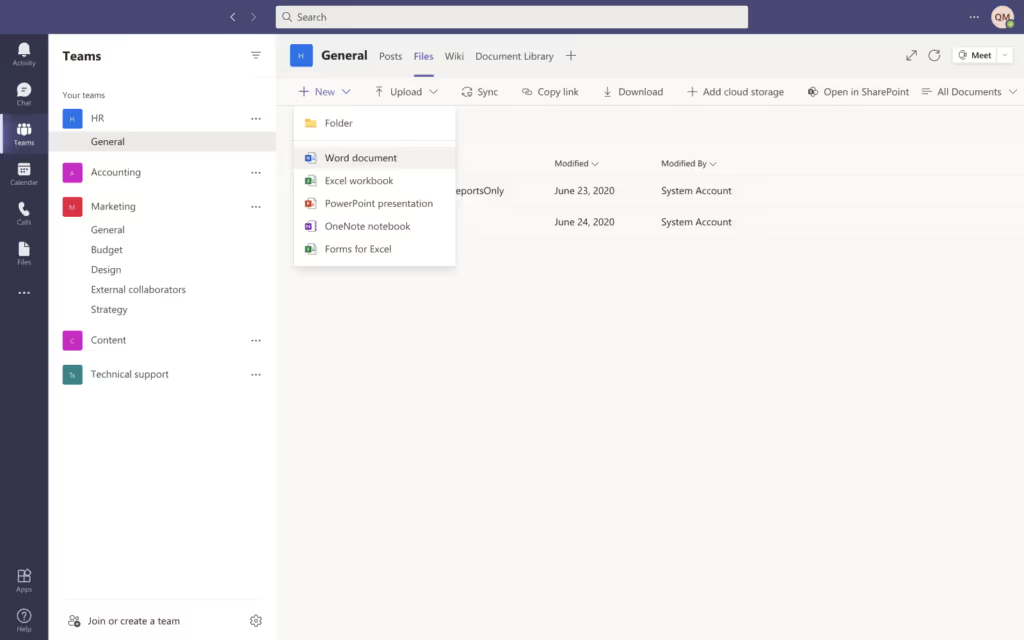
Related Reading: Microsoft Groups vs. SharePoint vs. Teams & the differences between them
Microsoft's modern workplace
Teams embodies Microsoft's modern workplace by presenting a unified interface that allows users to work seamlessly across Microsoft 365 apps that are integrated on the backend. As Microsoft's "hub for teamwork," Teams brings together chat, calls, meetings, file sharing, and third-party tools in one centralized location.
In that sense, Teams really is the answer people have been looking for since shifting to remote work and looking for ways to tackle the challenges of Teams governance and security.
In the post-COVID era, companies that embrace digital transformation to satisfy those new employee expectations are more likely to thrive going forward.
"One thing that I've noticed among my own clients is that there's a lot of focus right now around user engagement, people's well-being, and health. Making sure people stay healthy and sane when working remotely is going to be top of mind for companies this year, and for the foreseeable future," says Jasper.
In the post-COVID era, companies that embrace digital transformation to satisfy those new employee expectations are more likely to thrive going forward.
As the needs of remote workers continue to evolve in real-time, Microsoft has continually added new Teams features to address them. From streamlined file sharing to shareable calendars, Teams continues to evolve and adapt to the changing circumstances, keeping us connected, communicating, and productive.
Read more about the benefits of Microsoft Teams for the modern workplace.
How to use Microsoft Teams
At the end of the day, Microsoft Teams is all about collaboration.
The business scenarios where you’re most likely to benefit from using Teams is collaboration within a team, department, or project, or even with users outside of your organization. How do you organize Teams for these scenarios?
Below, Jasper walks us through how he does it within InSpark and with their customers.
Microsoft Teams use cases by department
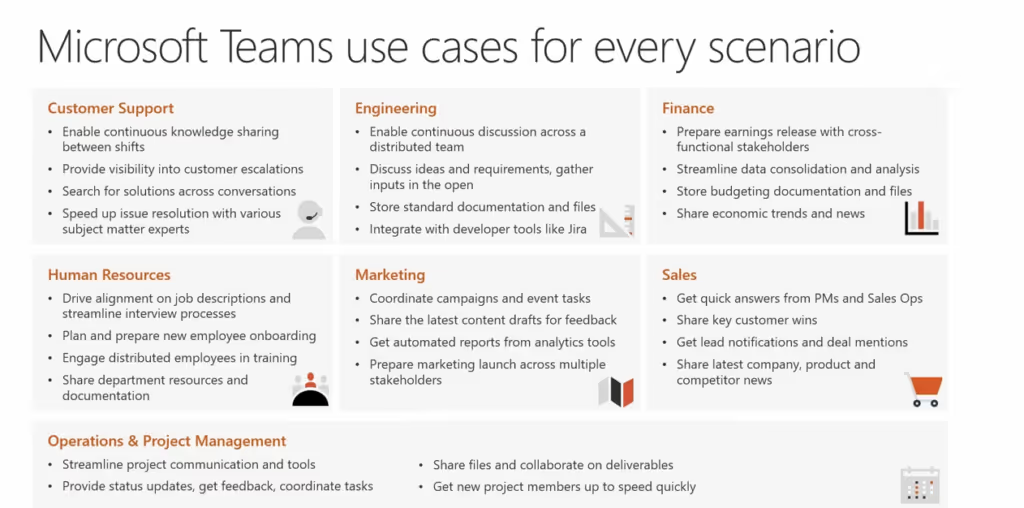
Every department in our organization (e.g. HR and marketing) receives its own designated team within Teams.
We also usually create a channel for each collaboration topic.
For example: Templates & procedures. The members of the team share expertise and collaborate on documents—all within this channel.
All of or our collaboration happens through Microsoft team channels, but what about communication?
I would be lying if I said that also takes place in Microsoft Teams. Actually, all of our communication happens in Yammer. We are heavy—and enthusiastic—Yammer users. Yammer works for us, so why change?
The use of two different tools—one for collaboration, one for communication can be confusing for some people. Because of that, we’ve decided to dedicate time to driving adoption internally moving forward.
A technical approach to narrowing the divide between the two tools is working with tabs. To integrate Teams and Yammer, you can use links or create a website tab:
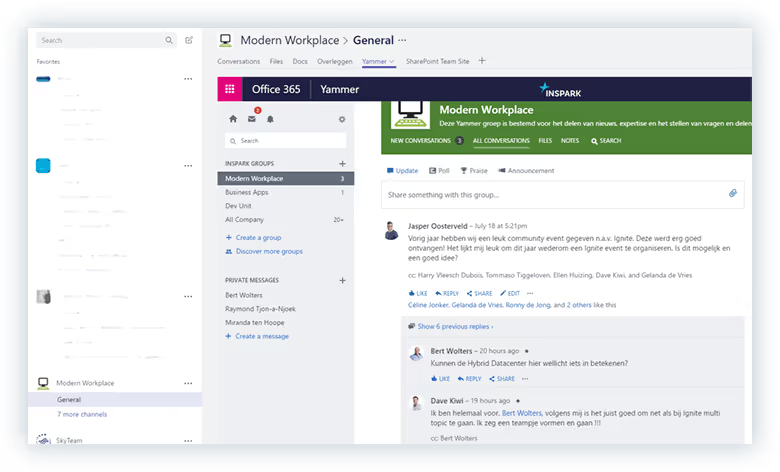
All of our colleagues are already working in Teams daily, and they also have easy access to Yammer within the Teams app itself. Perfect!
Microsoft Teams for project management
We create a new team for each one of our customers, and every assignment or project for that customer gets its own channel.
Channels are where the work gets done and are a great way to facilitate conversations around specific projects and workflows. You can create up to 200 public channels and 30 private channels over the life of a team. That number includes channels you create and later delete.
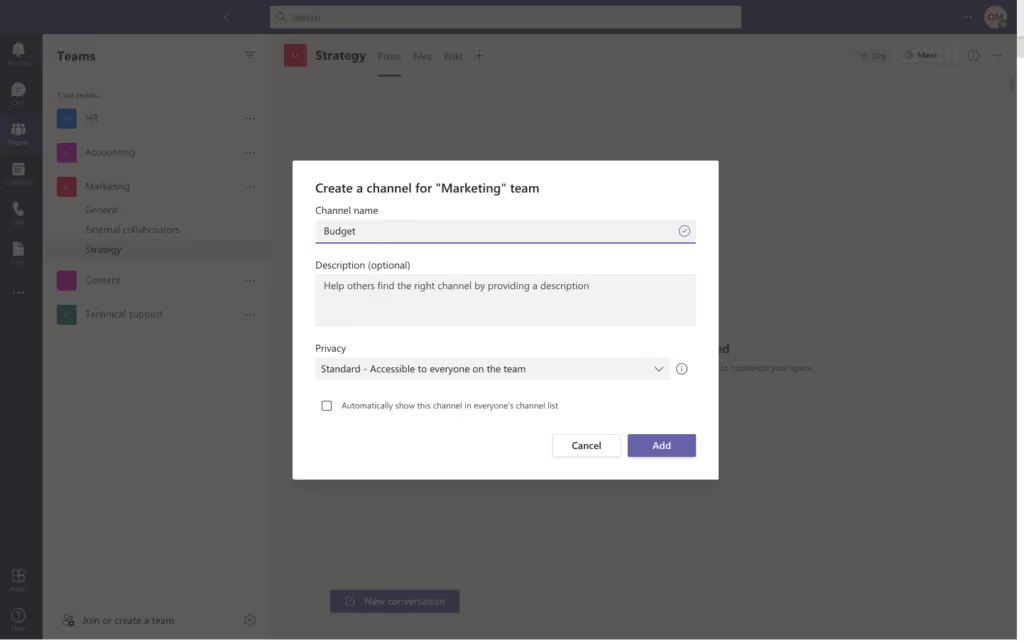
To determine whether a channel should be private or public, consider the sensitivity level of the topic around which the channel is organized.
For example, you may want your Brainstorming channel to remain public so that every member of the team can chime in when they have an idea, whereas you may want to limit your Budget channel to select team members on a need-to-know basis.

When you create a new channel, a new folder is also generated in the SharePoint document library. All content related to that project is now centrally stored in SharePoint, enabling everyone to work from SharePoint as well as Teams.
Remember, choice is good. People want to work the way they want to work. So we tried to make their lives easier by adding a link to Teams in SharePoint’s Quick Launch menu. Quick Launch allows you to link to a URL, so you can go to Teams and retrieve the URL of the general channel:

For in-depth instructions on how to add a link below one of the standard Quick Launch headings, refer to Adding links to Quick Launch in Microsoft docs.
All team members can now switch between Teams and SharePoint easily. Currently, there is a limit of 100 channels per Team. This should be sufficient for a while, but there are of course exceptions.
So, we've covered what Microsoft Teams is and the various ways you might use it. Next up, we'll dive deeper into how Teams works and what it has to offer.
Post originally written on August 23, 2017, updated June 15, 2021
.jpg)


.svg)
.avif)
%20(1).avif)


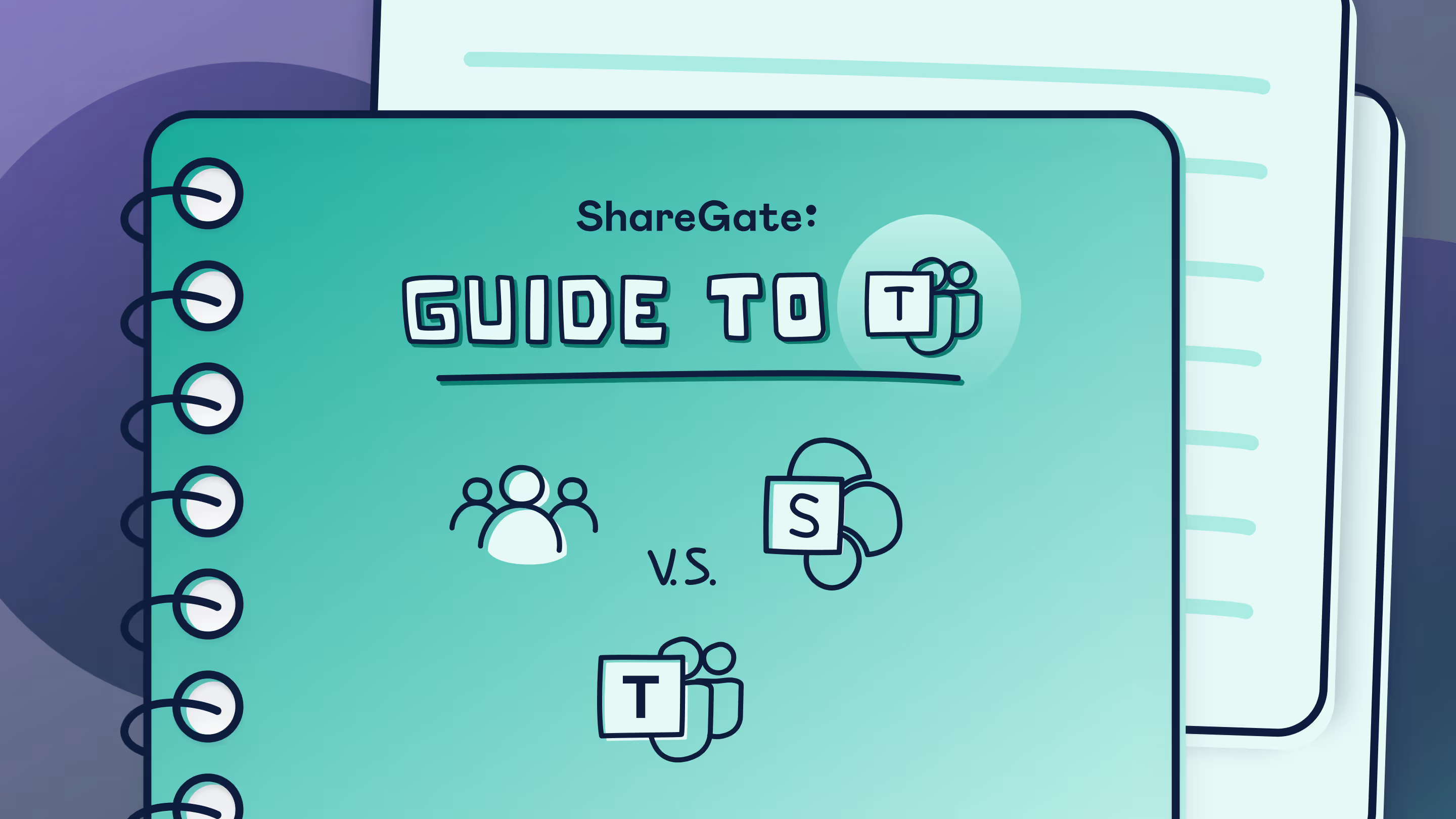
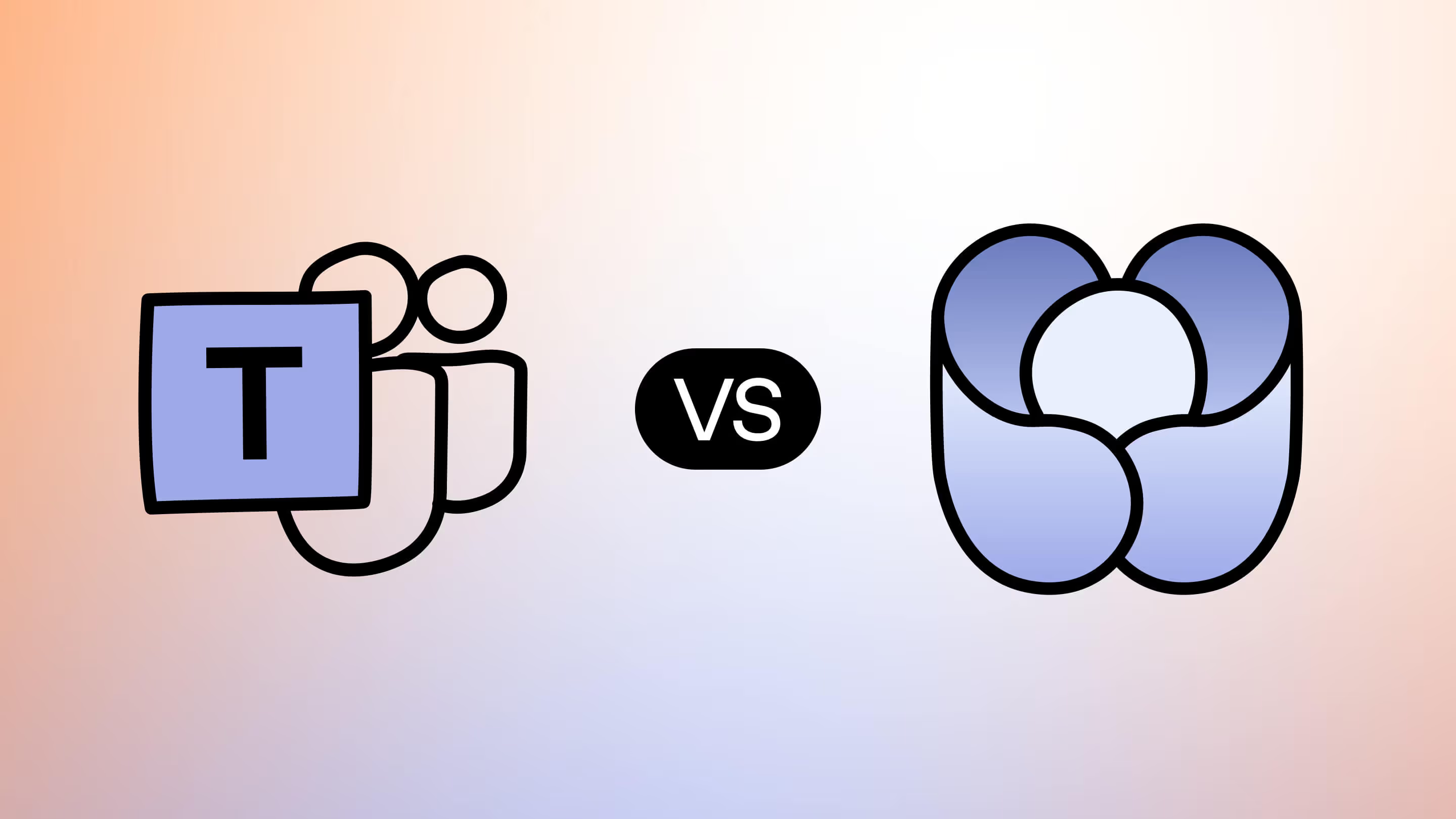
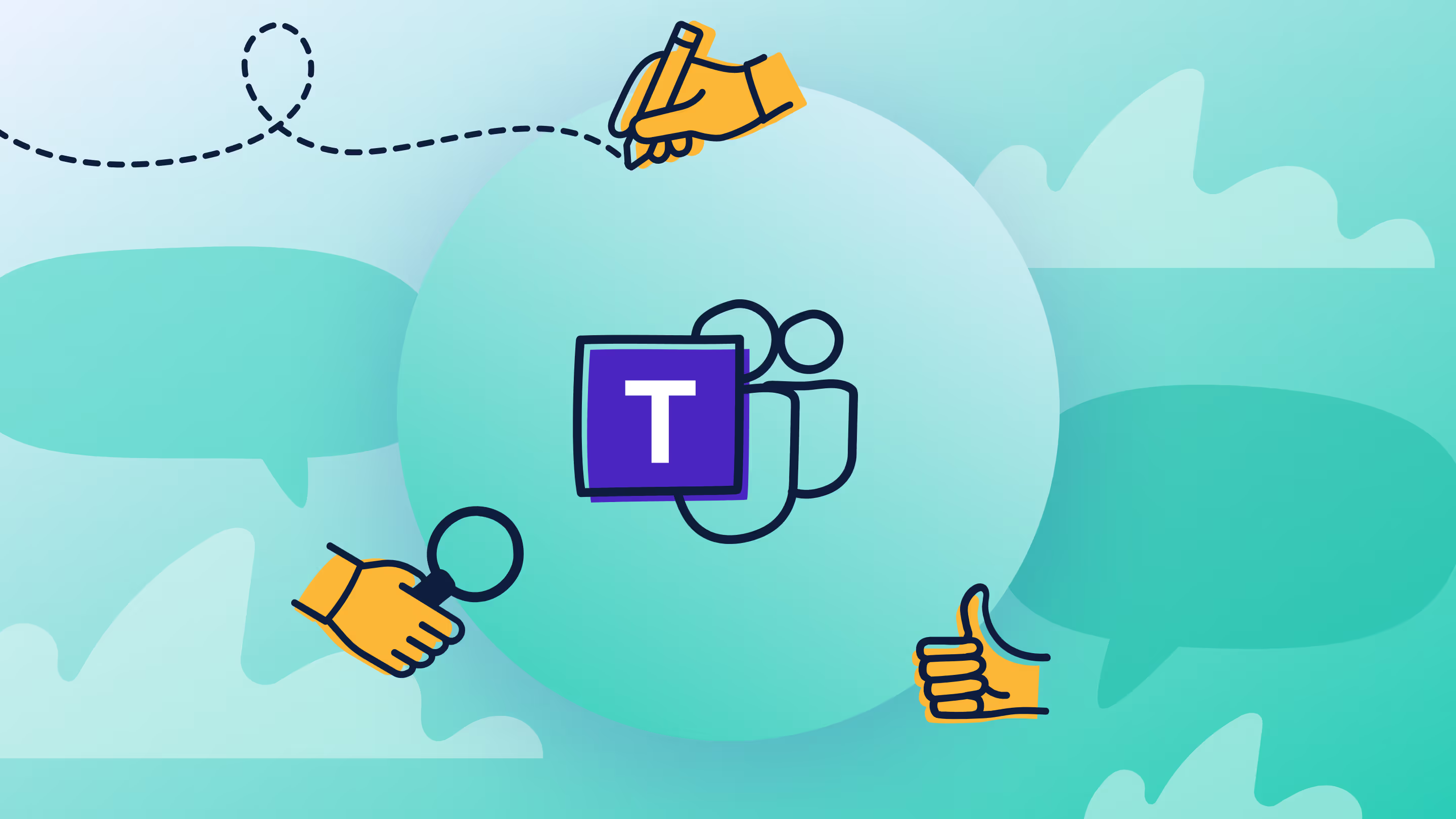

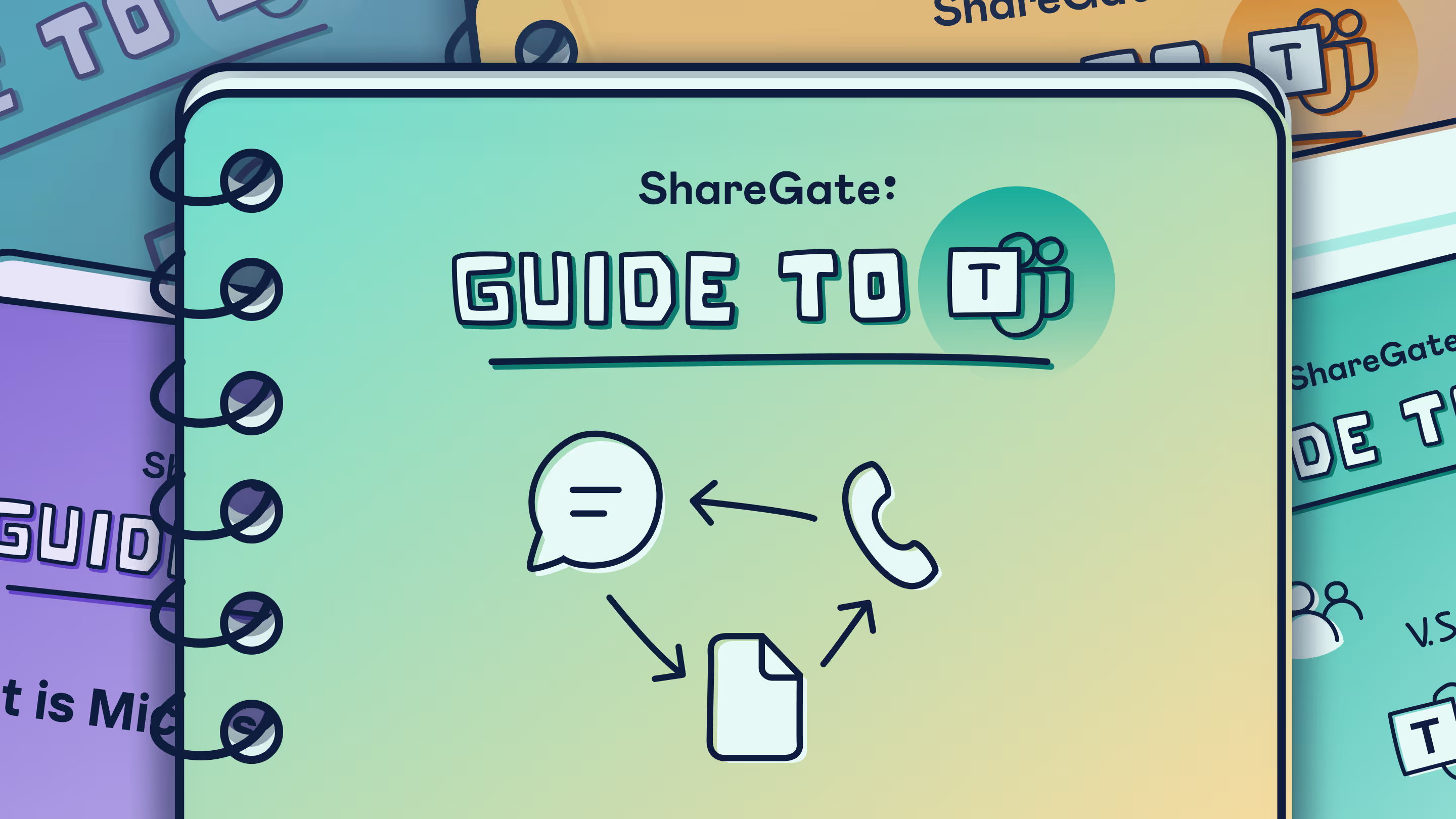
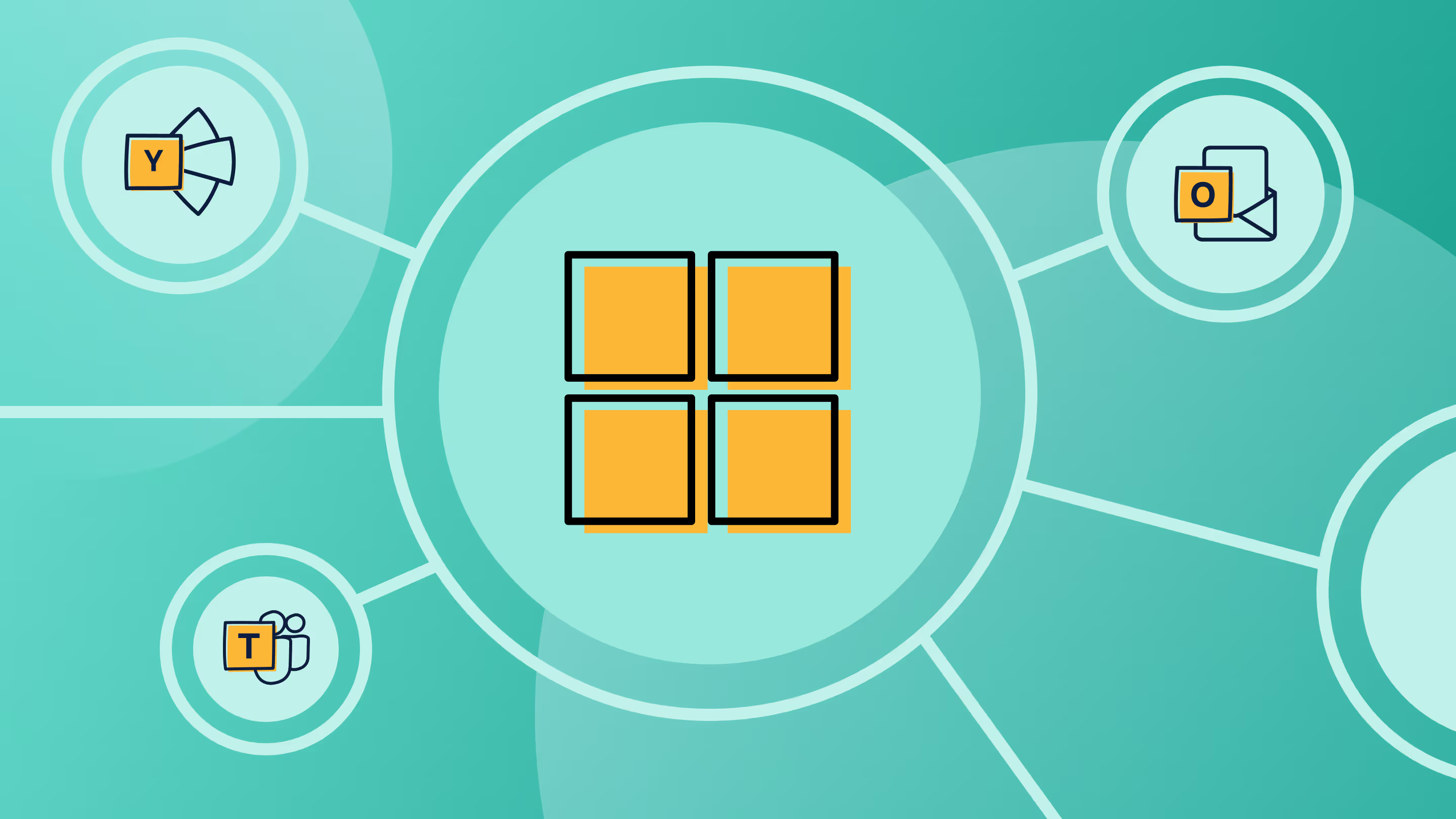

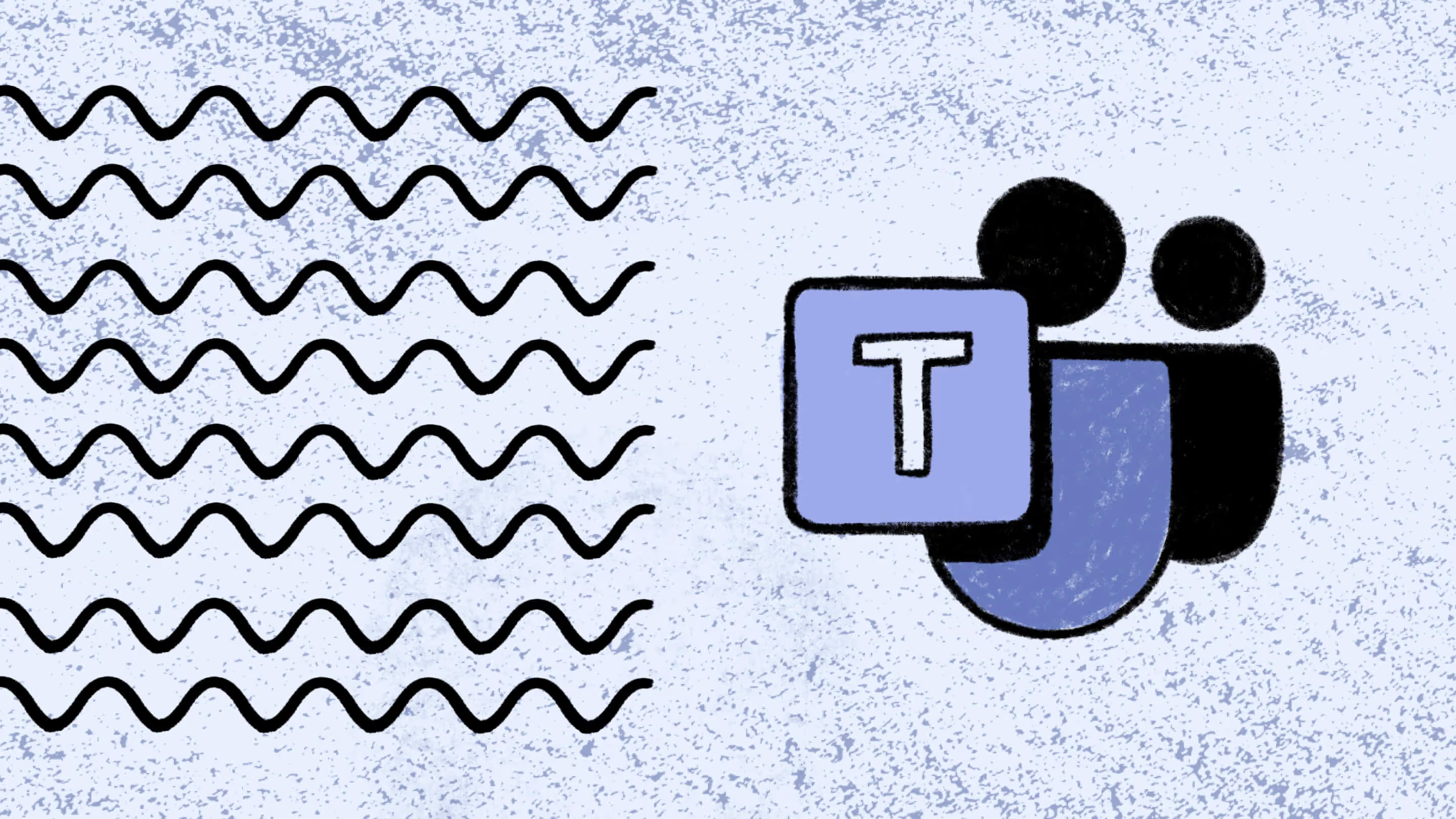


.jpg)


.png)

